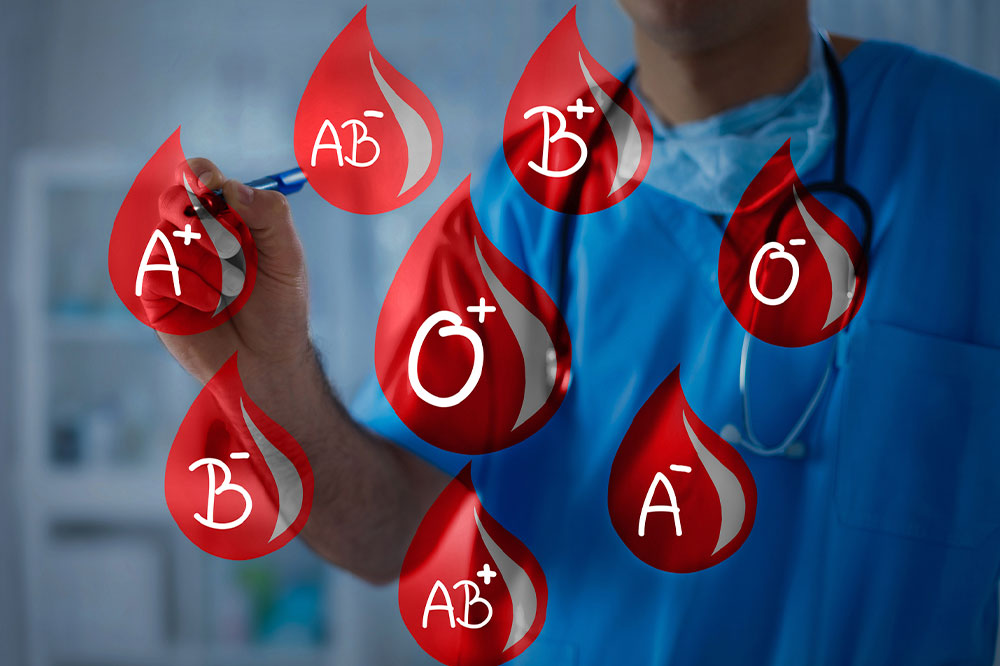
Discover different blood types and their features
Though everyone’s blood comprises essential elements, they have immense variety. Broadly, there are eight different blood types, depending on the genes you acquired from your parents. Usually, people have about four to six liters of blood, which contains different types of cells floating in the fluid called plasma, and the mix of antibodies and antigens makes our blood different. So, learn more about blood types, meal plans, personality traits, etc.
Different blood types
You will find eight blood types listed on the blood type charts. These include:
- A-positive is one of the most prevalent blood groups in the country, and people with this blood group can donate blood to individuals who are A or AB-positive.
- A-negative is a rare blood group; these people can give plasma to people with A or AB blood groups.
- B-positive is another rare type; they can give blood only to B-positive or AB-positive individuals.
- B-negative is a scarce blood type, and they can give blood to anyone with AB or B blood group.
- AB-positive people can receive plasma or blood from any group and are the universal recipients.
- AB negative is the rarest blood type on the chart, and only 0.6 percent of people in the country have it. They are the universal recipients since they can receive red blood cells from all blood types.
- O-positive is the most common blood type and can give blood to anyone having a positive blood type.
- O-negatives, often called ‘universal blood donors,’ are a rare blood type where these individuals can give blood to anyone regardless of their blood type.
How to find your blood type at home?
Usually, people visit a clinic for a blood type test. The nurse or the doctor draws a blood sample and forwards it to the lab for testing. But if you do not want to go to the clinic for a blood type test, you can employ either of the listed methods to determine blood type at home.
By drawing blood
You can find a rapid blood typing kit at home to know your blood type. The kit has a chart that has reagents and will need you to prick the finger with a needle. In addition, it will test the Rh factor and antibodies.
Without drawing blood
You can use your saliva to test the blood type. Approximately 80 percent of people generate the relevant antigens in their saliva. Hence, dried saliva can help determine the blood type.
Blood-type meal plans
D’Adamo created a blood-type meal plan that helps people with specific blood groups choose the most favorite foods to stay healthy. Here is the plan he recommends for each type:
- O – Opt for a protein-dense meal heavy on vegetables and light on dairy, beans, and grains. You can also take supplements that help with tummy issues or other problems common in O type blood group.
- A – Go with a meal full of fresh and organic vegetables, fruits, legumes, beans, and whole grains to strengthen your sensitive immune system.
- B – Avoid wheat, corn, lentils, sesame seeds, tomatoes, buckwheat, and peanuts, and instead eat green vegetables and low-fat dairy.
- AB – You must include dairy and green vegetables and avoid caffeinated beverages. Usually, people with this blood type have low stomach acid.
Blood type personality
Ketsueki-gata is a Japanese blood type personality concept. It asserts that blood type shapes one’s temperament and personality. Despite being a pseudoscience belief, it is prevalent in Japan and several Asian nations. It is surging in popularity in Western countries like America. Ketsueki-gata first emerged in 1930 with a report from Tokeji Furukawa, a Japanese professor, but it was criticized heavily for its lack of empirical evidence.
As per Ketsueki-gata, every blood type has a unique personality. Type 1 individuals are cooperative and creative but uptight and stubborn. Type B is decisive, empathetic, passionate, and passionate but selfish. Type AB is adaptable and irrational. Type O is determined, confident, and resilient. The blood type personality is broadly associated with discrimination in Japan’s singles scene and workplace.




